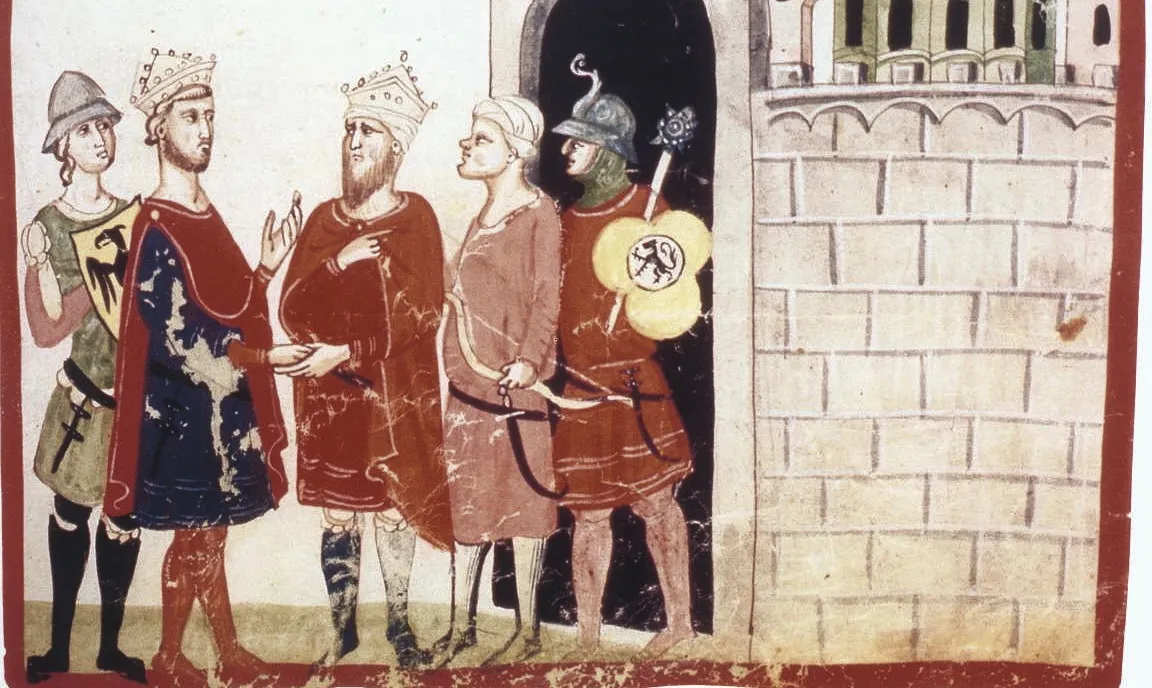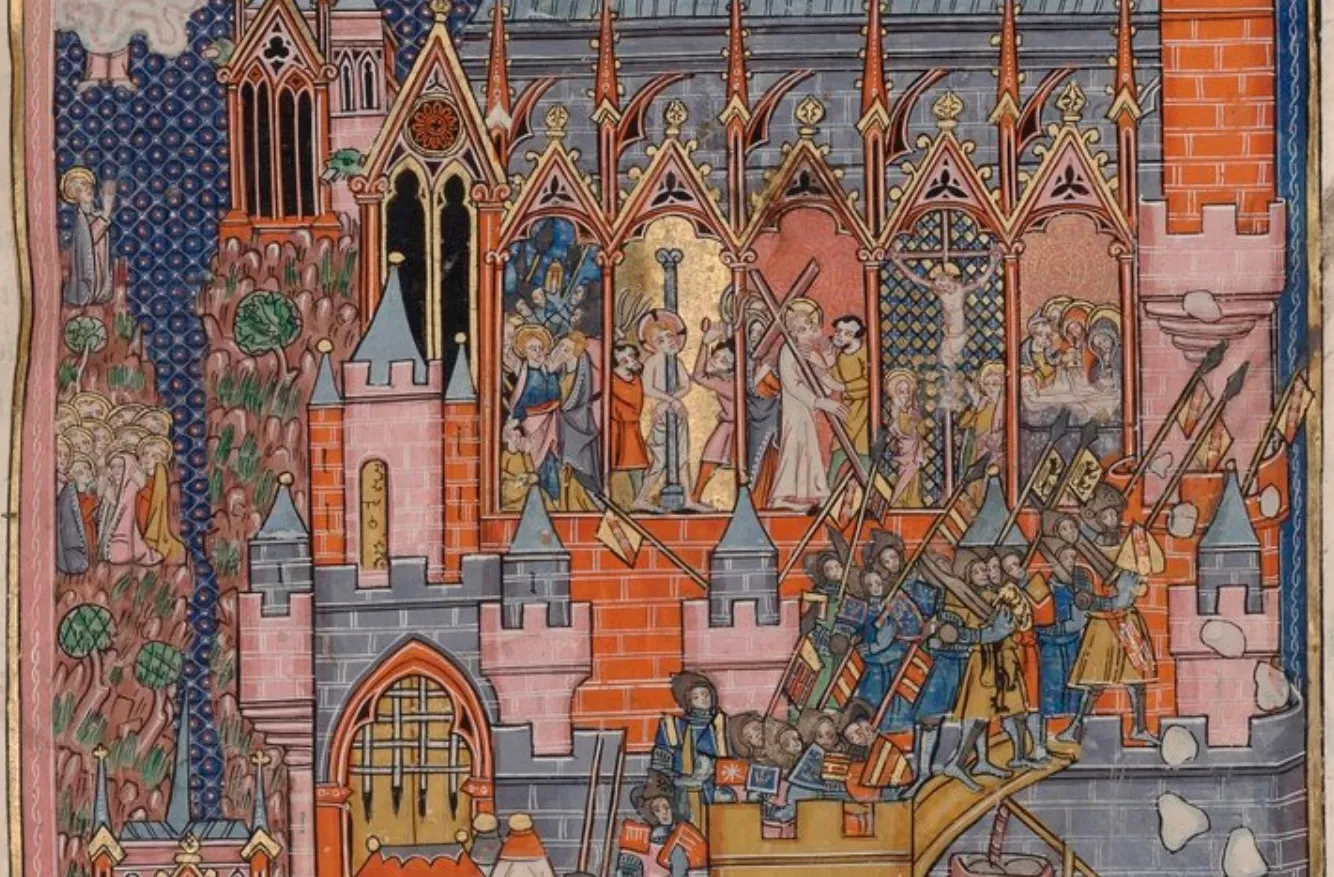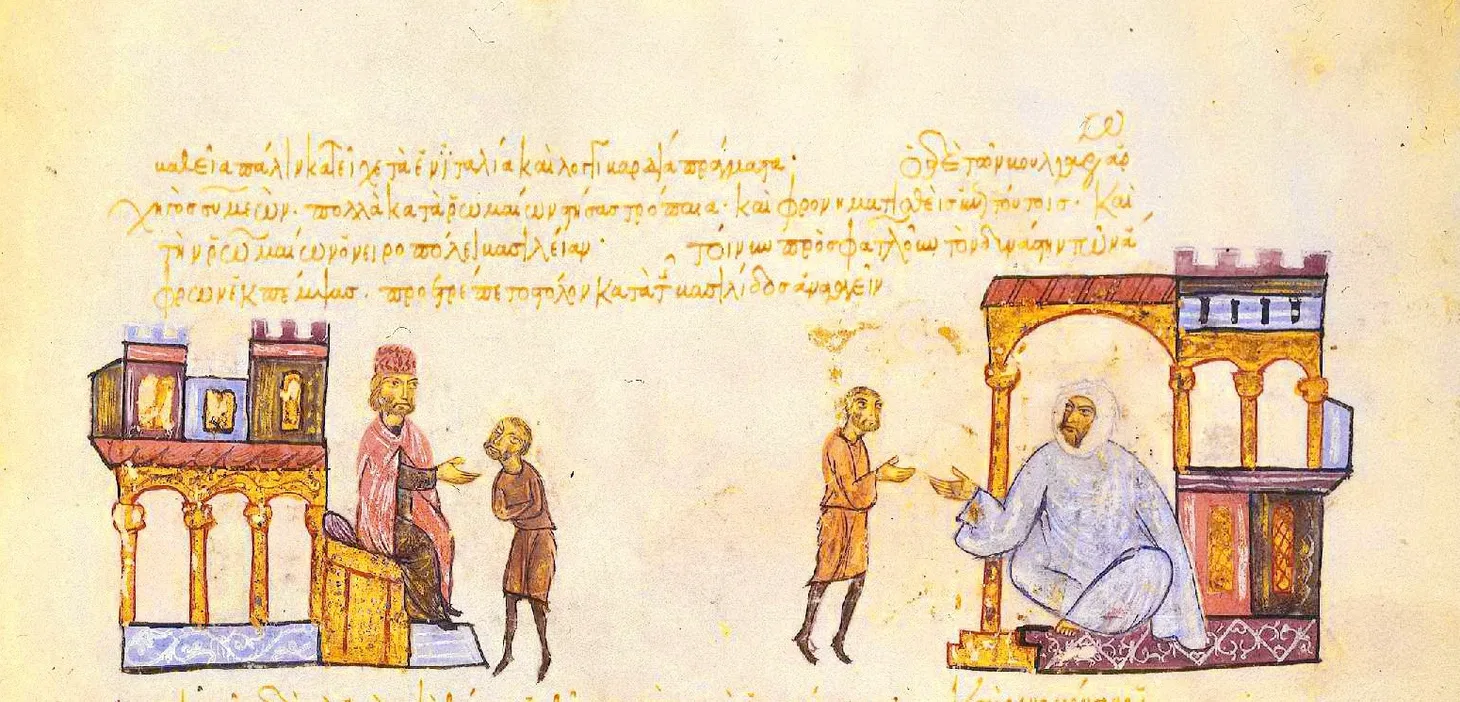“Marvelously Regular and Geometric Gardens”: Babur and the Founding of the Mughal Empire
A discussion of Babur, the first Mughal Emperor, as a gardener.
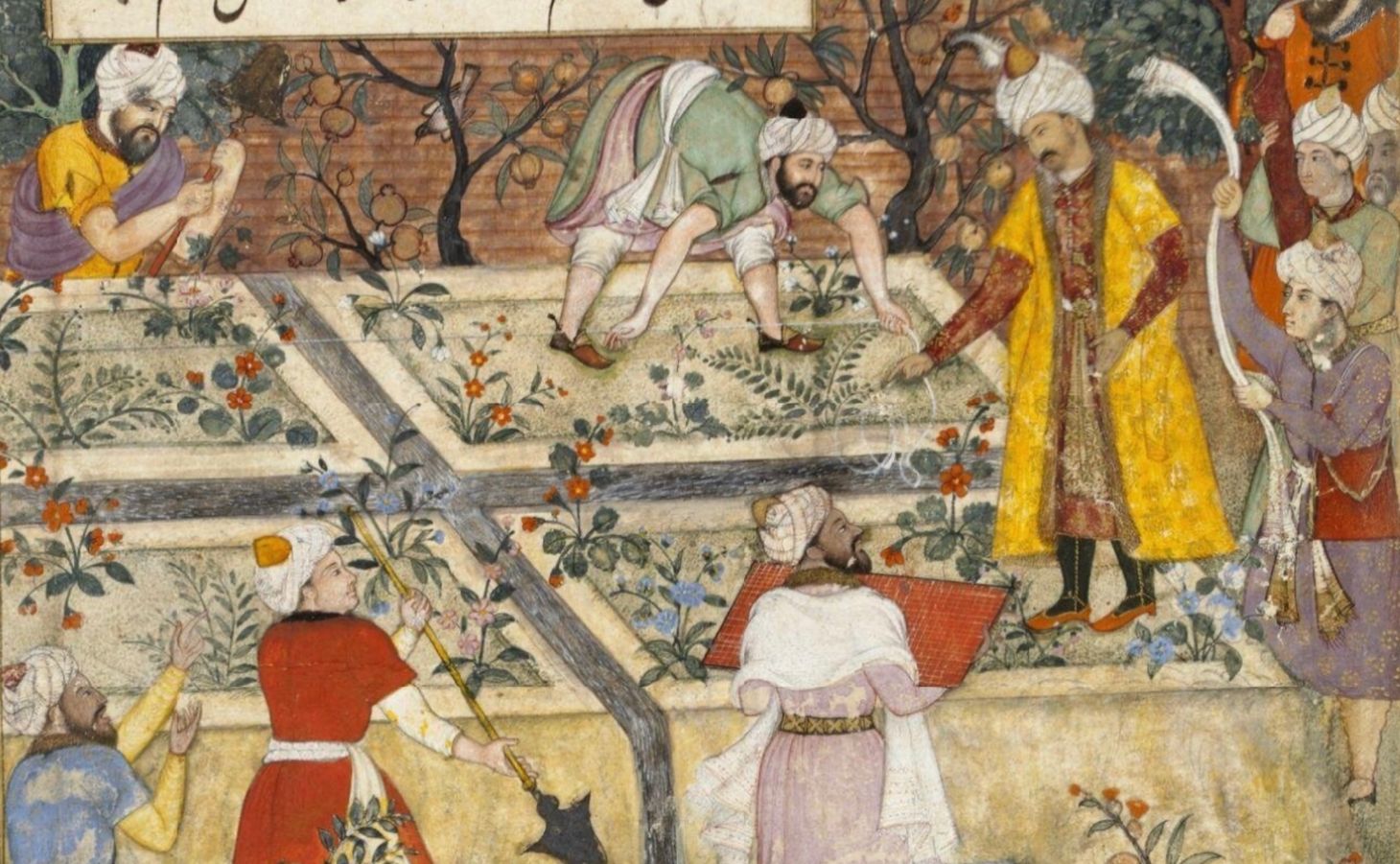
In 1992, Hindu nationalists destroyed the Babri Masjid (Babur’s Mosque) in Ayodhya. They claimed that there had been a temple to the Hindu god Ram on the site that Babur destroyed to make the mosque. The mosque’s history is a mystery since the inscription linking the mosque to Babur was a later addition. Many Indians have used the existence of the mosque and its alleged connection to Babur to argue that he was a Muslim conqueror wanting to replace Hinduism in India with Islam. Stephen Dale, a historian who has written two books about Babur, offers a different perspective:
Babur’s conquest represents Timurid dynastic imperialism of a conqueror, who happened to be a Muslim. His unwavering ambition was to resurrect Timurid rule with himself as Padshah, initially at Samarqand and finally, desperately in Hindustan. He is best seen as the archetypal pragmatic Muslim sultan of the fourteenth-century Arab Muslim philosophical historian Ibn Khaldun – someone who professes Islam, patronises its institutions and respects its scholars, but keeps clerics at a respectful distance while governing according to the imperial, realpolitik traditions of the Sasanian Empire of Iran.
The debate about the mosque in Ayodhya exemplifies the tendency to misrepresent Babur and the Mughal Empire he founded. As discussed in the last post, the Mughal Empire is better understood as a synthesis of Timurid, Persian, and Indian influences that evolved over 200 years. Instead of focusing on Babur, the conqueror, let’s look at Babur, the lover of gardens. I’m again following the lead of Stephen Dale:
It is only one of the many ironies of Babur’s life and the modern perceptions of that life, that while Babur was an observant Muslim he never mentions building a mosque or even praying in one. Instead, in narrating his life from the early days in the lush Ferghanah valley, far east of Samarqand, to its triumphal conclusion in India, he constantly and lovingly discusses the planning and construction of gardens, to which he gave such evocative names as: the Garden of Rest, the Gold-Scattering Garden, the Lotus Garden, and the Garden of the Eight Paradises. It is in these gardens he can be most frequently seen and, in many respects, most readily understood.
By examining a painting of Babur overseeing the building of a garden in Kabul, we can better understand how Babur transplanted the Persianate Timurid model to India.
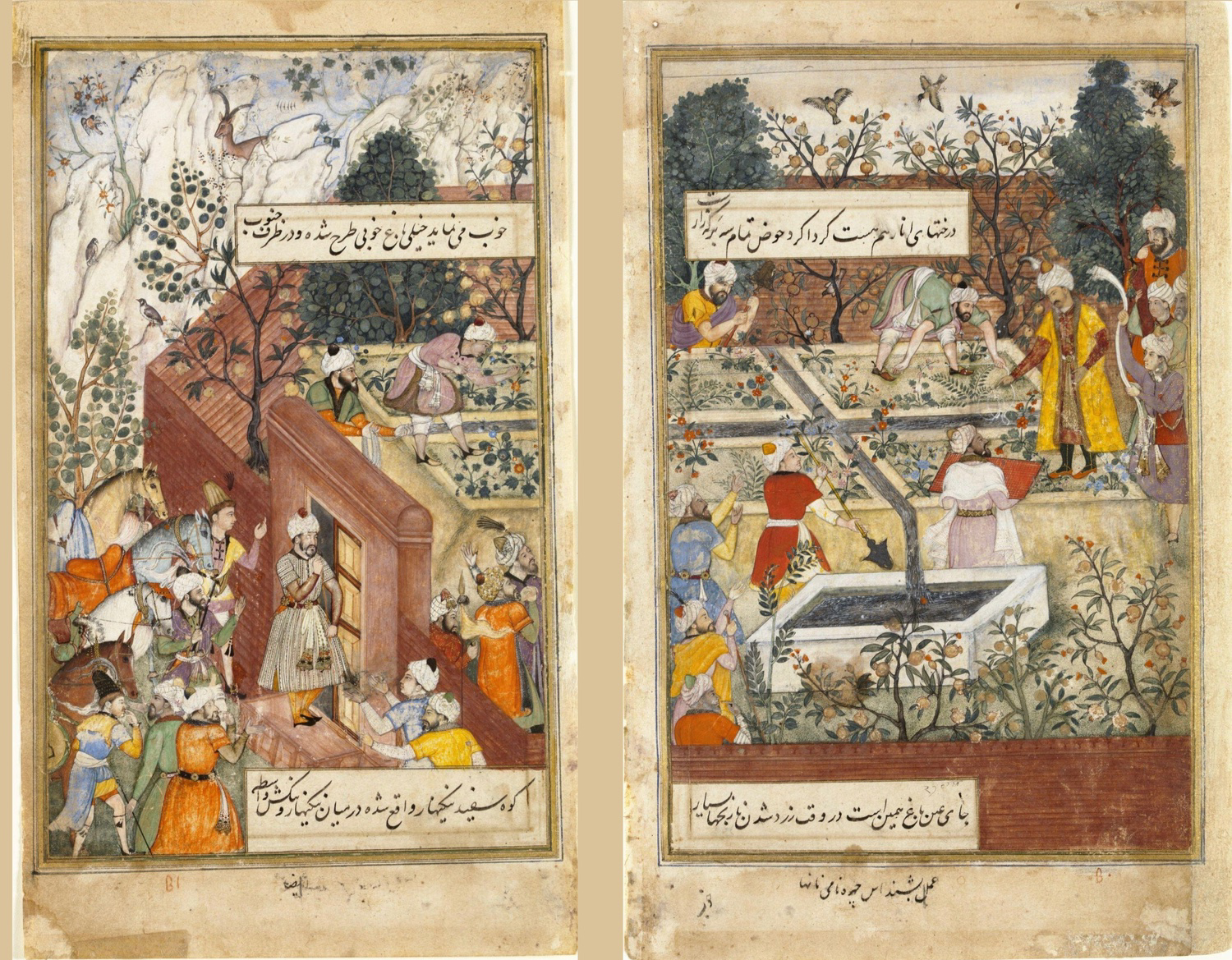
This content is for Paid Members
Unlock full access to Liberating Narratives and see the entire library of members-only content.
SubscribeAlready have an account? Log in

